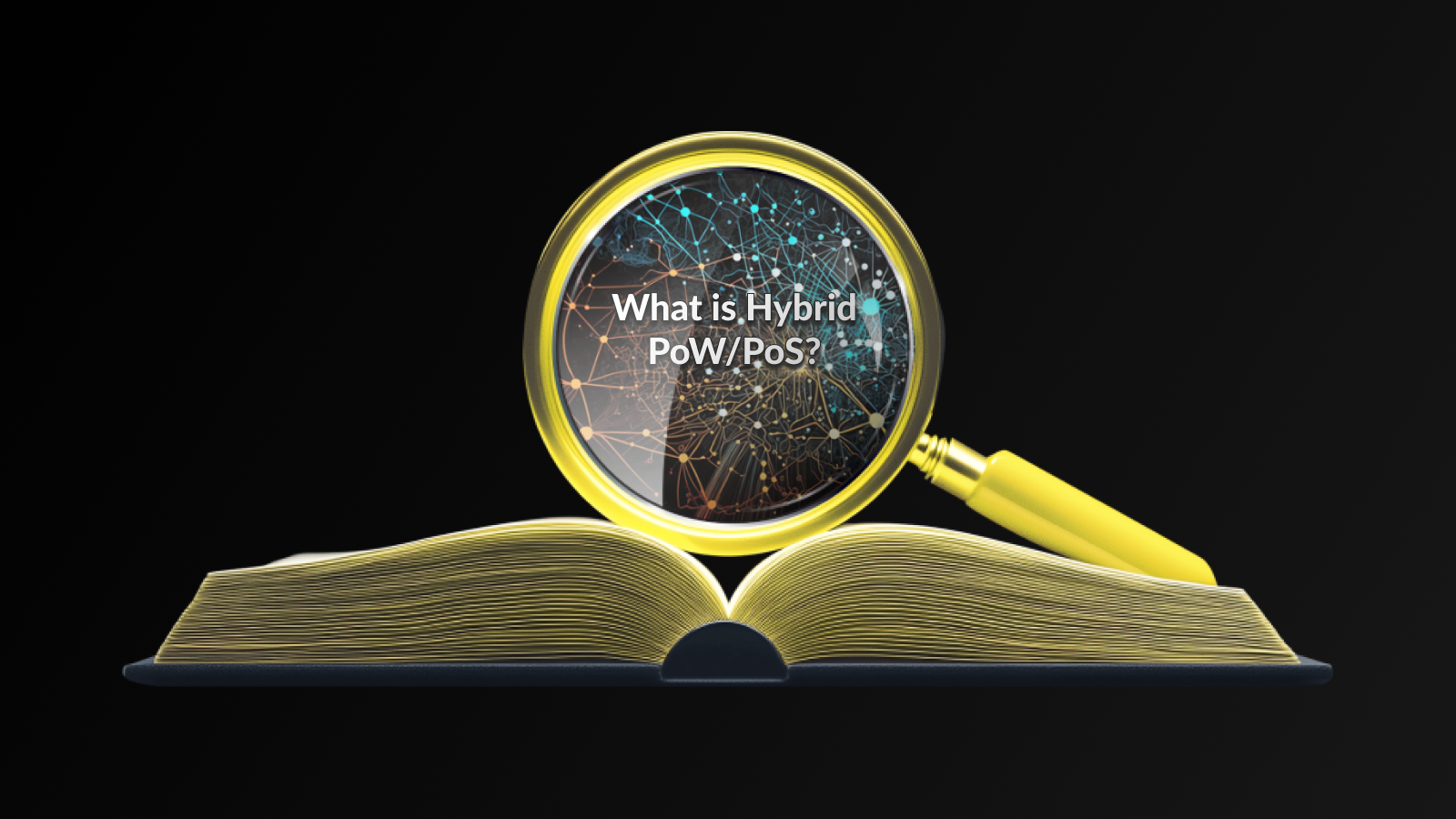Introduction
Discover the mechanics, benefits, and risks of Hybrid PoW/PoS blockchains, along with real-world examples in this insightful guide.
The Hybrid PoW/PoS blockchain represents an innovative approach to blockchain technology by combining the strengths of both Proof of Work (PoW) and Proof of Stake (PoS) consensus mechanisms. This hybrid model aims to enhance security while promoting efficiency in transaction processing. By leveraging the computational power required in PoW, along with the energy-efficient aspects of PoS, hybrid systems can mitigate some of the limitations associated with each individual mechanism.
In the realm of crypto consensus mechanisms, the hybrid model is gaining traction as more developers seek solutions that address issues such as scalability and energy consumption. This model allows for a more balanced validation process, where the security of a PoW mechanism can be complemented by the accessibility of PoS.
Moreover, hybrid PoW/PoS blockchains can create a more inclusive environment for participants, allowing various stakeholders to contribute based on their resources and capabilities. This flexibility encourages greater participation in the network, fostering a diverse community.
As cryptocurrency continues to evolve, understanding the dynamics of different consensus mechanisms will be crucial for developers and investors alike. Hybrid PoW/PoS mechanisms may become a cornerstone of future blockchain applications, enhancing both functionality and sustainability.
How Does Hybrid PoW/PoS Work?
The Hybrid PoW/PoS blockchain combines the strengths of both crypto consensus mechanisms to create a more efficient and secure network. In this framework, miners utilize the Proof of Work (PoW) approach to solve complex mathematical problems and validate transactions, thus contributing to the security of the network. Concurrently, the Proof of Stake (PoS) system enables users to validate transactions based on the amount of cryptocurrency they hold and are willing to stake—essentially putting their coins on the line to earn rewards.
This dual-layer method enhances security as the network is not solely dependent on mining power or staked tokens. The presence of both mechanisms creates a balanced ecosystem where crypto consensus mechanisms can operate in tandem, minimizing vulnerabilities. Furthermore, utilizing PoW can discourage malicious actors from attacking the network, while PoS encourages long-term holding among participants, leading to less market volatility.
When blocks are created in a Hybrid PoW/PoS model, the process is often governed by a set of predefined rules that involve both miners and stakers. Such a collaborative framework ensures that transactions are verified quickly and efficiently, offering reliability to users. The specific ratio of PoW and PoS components can vary depending on the blockchain’s design, allowing for customization based on the needs of the ecosystem.
The combination of a Hybrid PoW/PoS blockchain enhances the sustainability of the network, making it more adaptable to changing market conditions and user demands. This model not only satisfies the energy efficiency concerns associated with pure PoW systems but also addresses the centralization issues commonly linked to PoS networks. As a result, Hybrid PoW/PoS blockchains are gaining traction in a sector seeking to improve both security and scalability.
The adoption of a Hybrid PoW/PoS blockchain offers a unique combination of benefits and risks that are crucial for participants to consider. One significant advantage of this dual mechanism is enhanced security. By integrating Proof of Work (PoW), miners contribute to network security through computational power, while Proof of Stake (PoS) encourages coin holders to participate in network governance, thus diversifying the security model.
Additionally, a hybrid model can lead to improved scalability. With PoS, transactions can be processed faster than in a pure PoW system, which is often bogged down by heavy computational demands. This combination can optimize transaction speeds and throughput, making networks more efficient at handling user demands.
However, the integration of both mechanisms comes with risks. One primary concern is complexity. The interoperability of both PoW and PoS may lead to vulnerabilities if not carefully designed, introducing potential attack vectors that could jeopardize network safety. Moreover, there can be an imbalance between miners and stakers, where one group might dominate decision-making processes, leading to centralization.
While the crypto consensus mechanisms of hybrid models offer exciting possibilities, they also require thorough understanding and careful consideration by developers and users alike. The balance between security, scalability, and governance is delicate and must be managed to ensure that the ecosystem remains decentralized and resilient.
Examples of Hybrid PoW/PoS Blockchains
There are several prominent examples of Hybrid PoW/PoS blockchains that illustrate the effective use of this consensus mechanism in the blockchain space. These platforms have adopted a combination of Proof of Work (PoW) and Proof of Stake (PoS) to enhance their security and scalability while also mitigating the environmental concerns associated with traditional PoW systems. Here are a few notable examples:
- Decred: Launched in 2016, Decred uses a hybrid model that allows both miners and stakers to participate in decision-making processes. This approach not only strengthens security but also encourages community involvement in governance.
- Horizen: Horizen employs a hybrid PoW/PoS protocol that integrates a sidechain technology. This enables the network to scale effectively while also ensuring robust security through mining and staking.
- Ethereum 2.0: While Ethereum has transitioned towards a full PoS model, its initial framework involved PoW. Ethereum 2.0 introduced a hybrid phase where both mechanisms worked together to facilitate the gradual shift and maintain network integrity.
- Waves: Waves utilizes a combination of PoW for block creation and PoS for consensus, allowing for greater decentralization and network resilience, catering to a variety of decentralized applications.
- Peercoin: Though primarily a PoS coin, Peercoin incorporates PoW to help secure the network, hence ensuring that it benefits from the strengths of both systems while minimizing their weaknesses.
As the cryptocurrency landscape evolves, more projects are likely to adopt this hybrid approach, leveraging the strengths of both consensus mechanisms to create more efficient and secure blockchains.
Disclaimer
This article is for informational purposes only and does not constitute financial or investment advice. Cryptocurrency investments involve risks, and users should conduct thorough research before participating in any blockchain network.
Click for more Darkex education articles.





